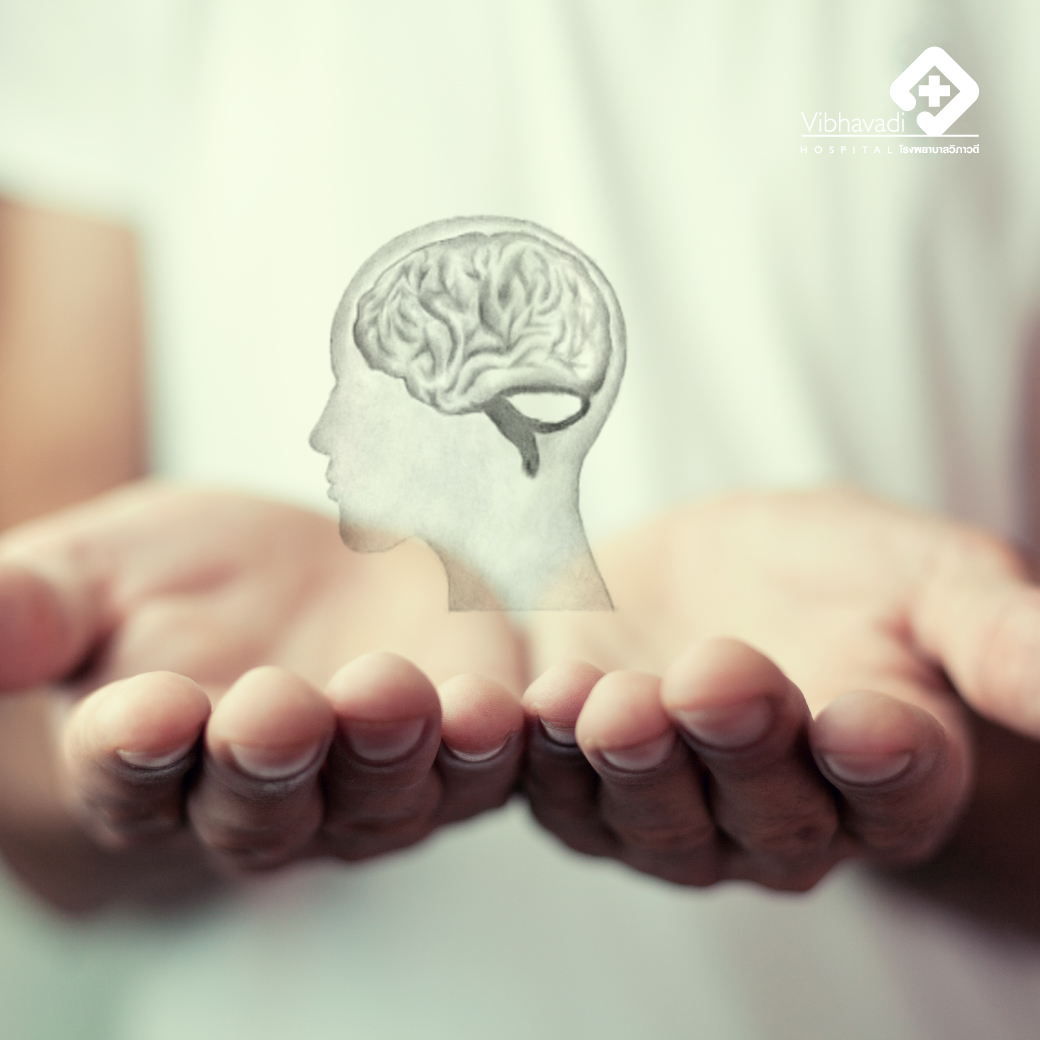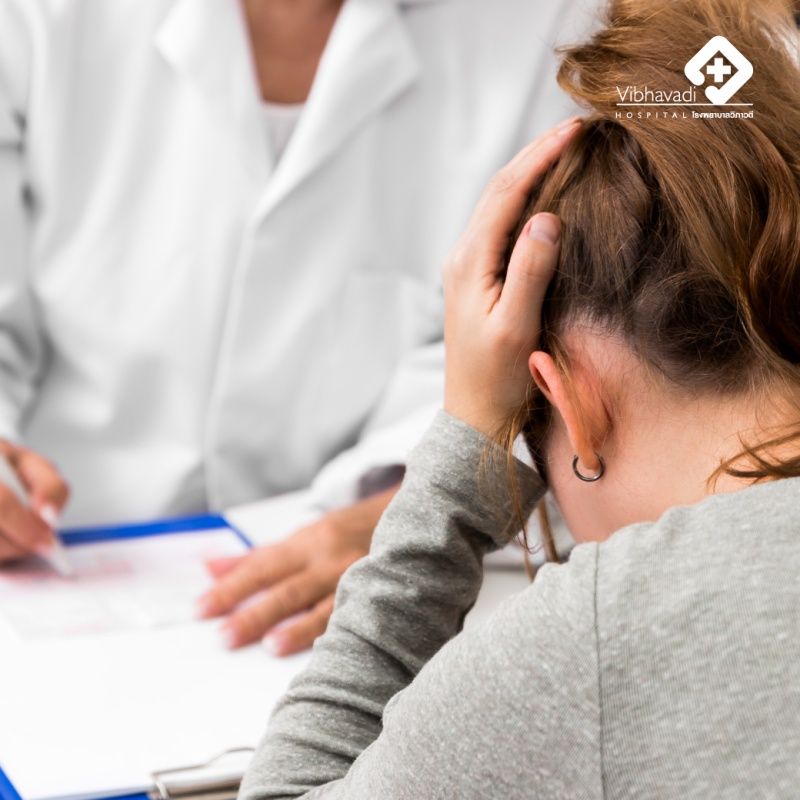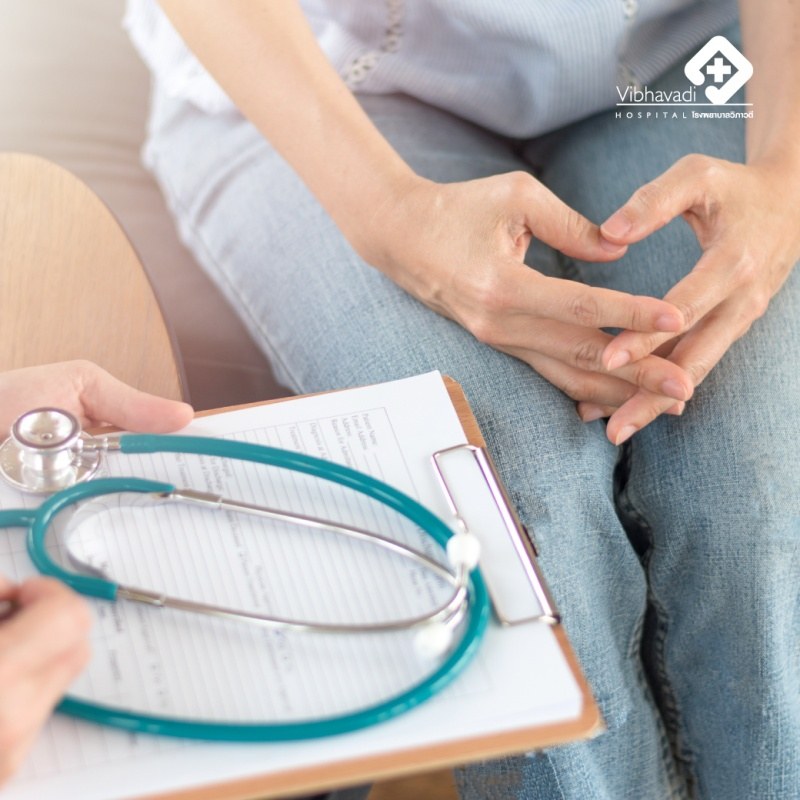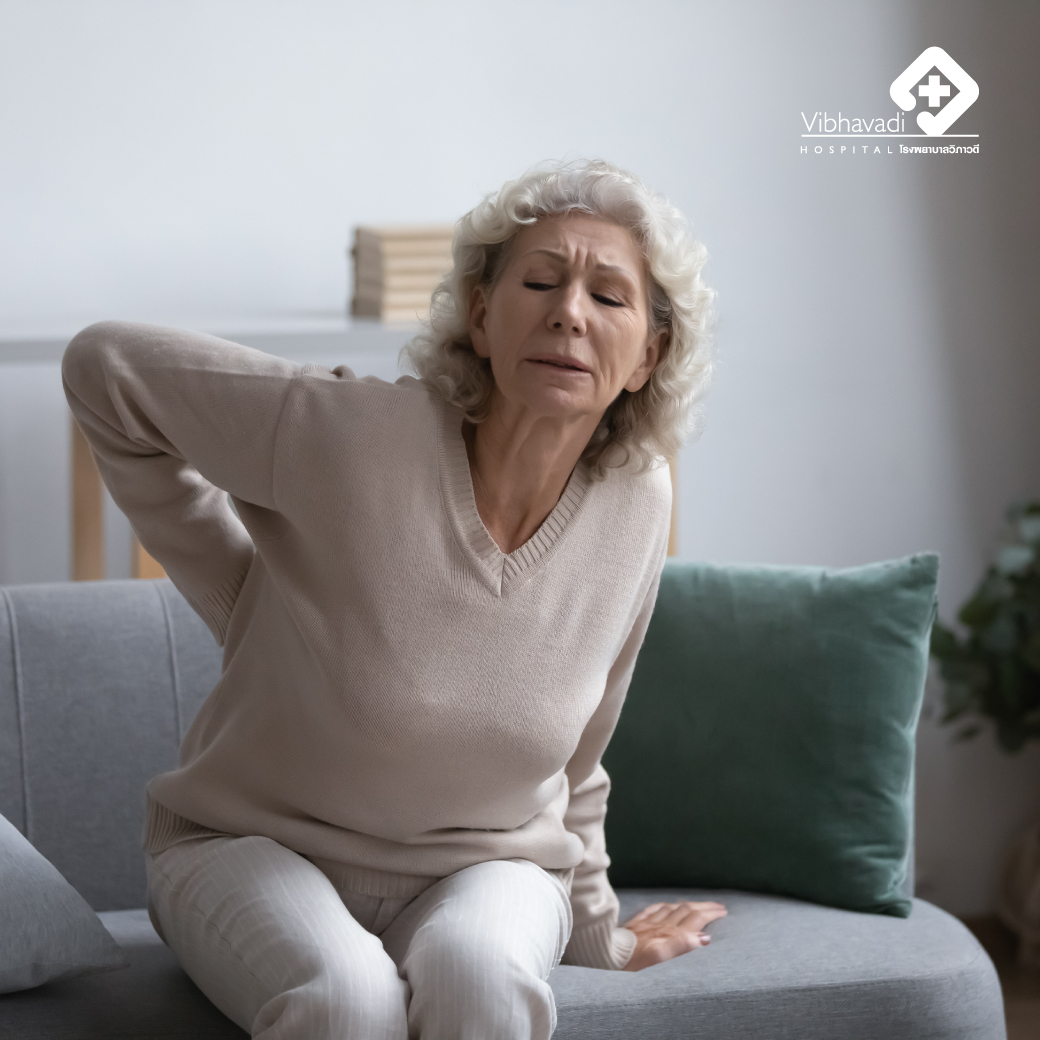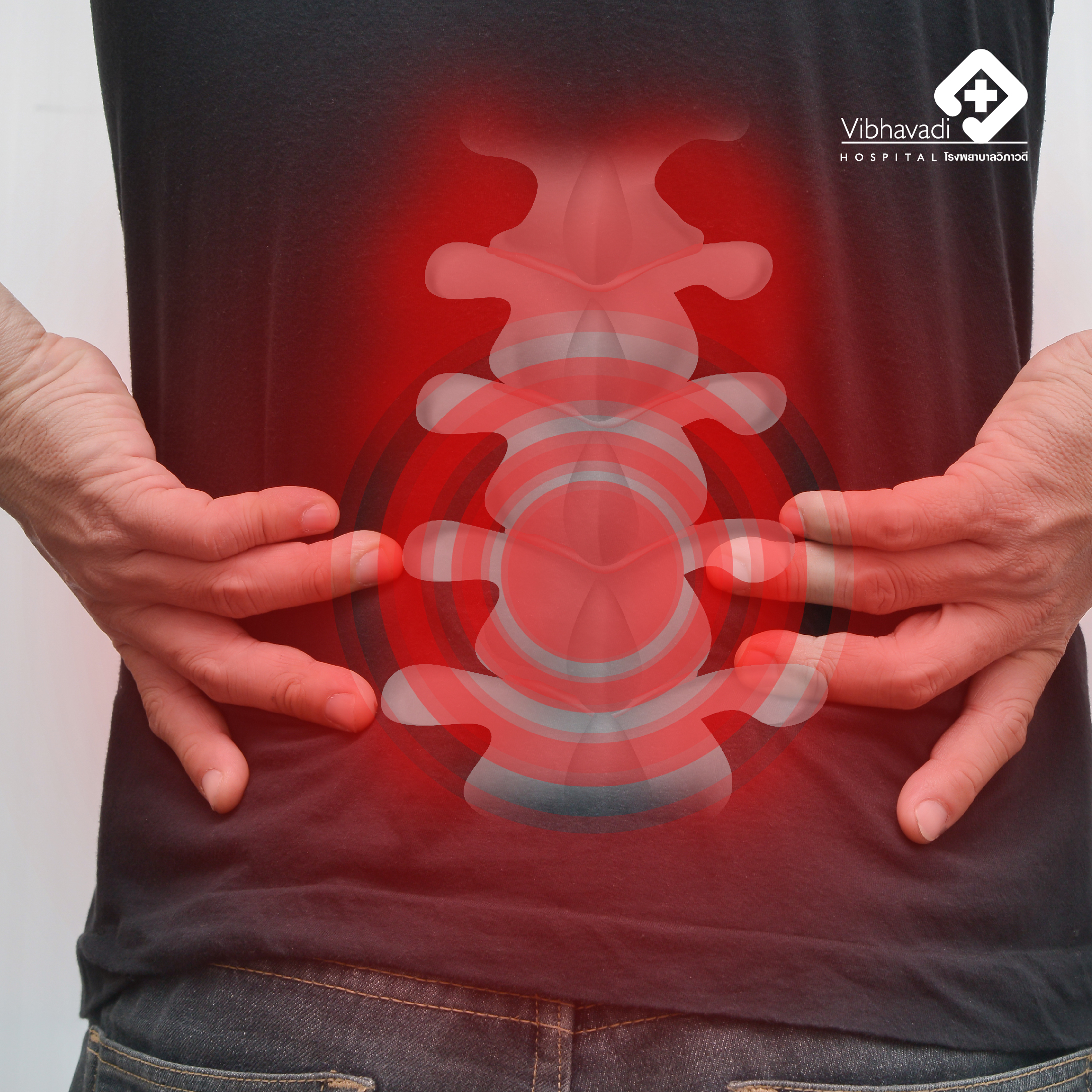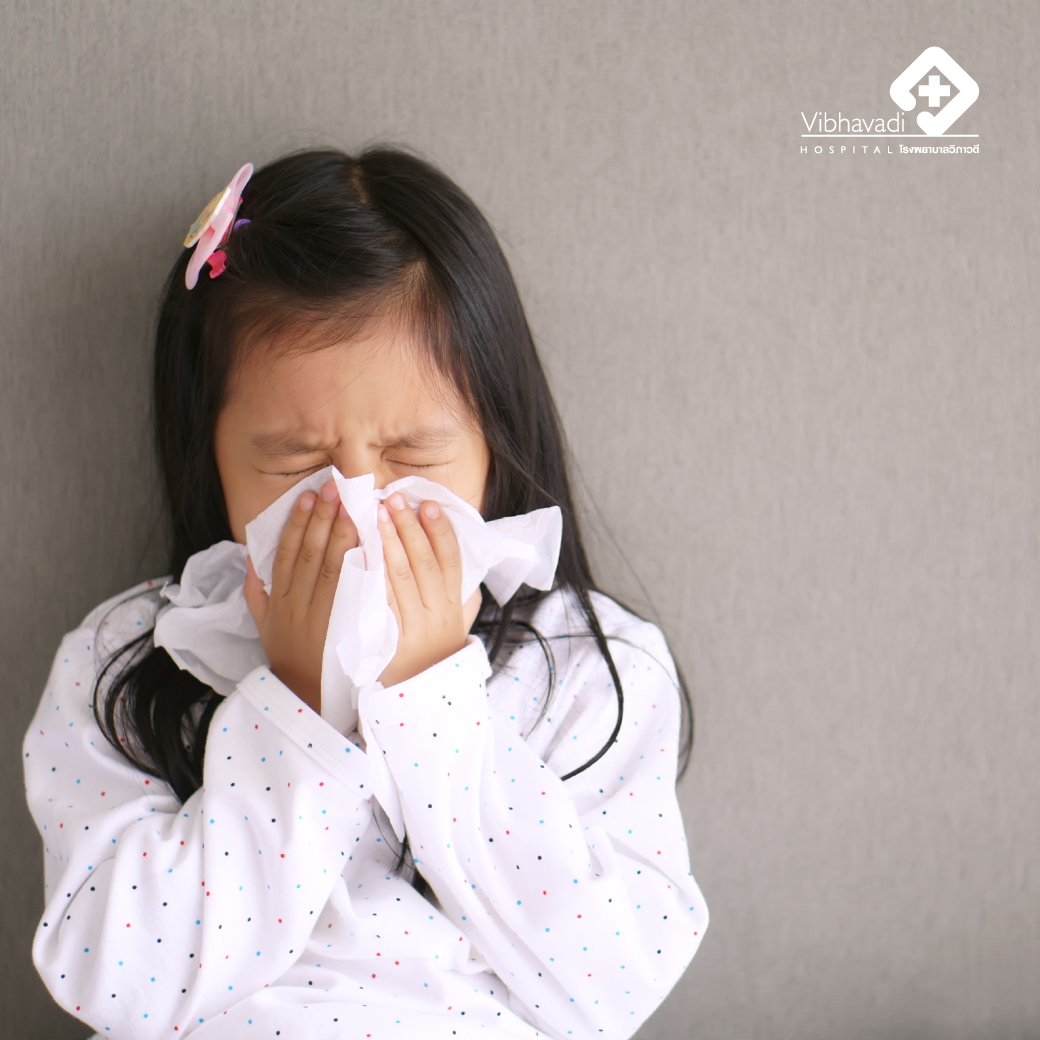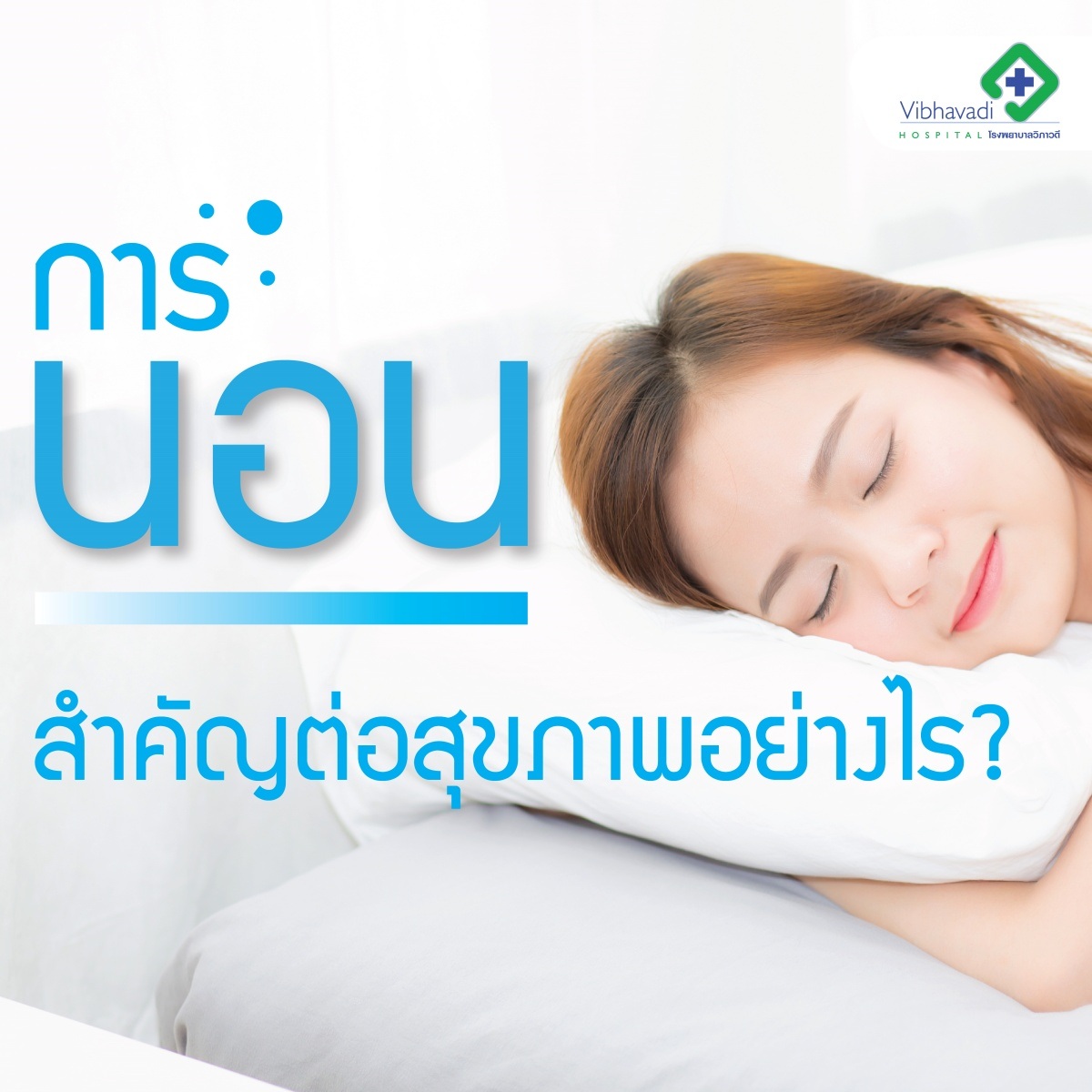
The importance of sleep
The importance of sleep
Getting sufficient sleep is crucial for maintaining good health. Our bodies devote about one-third of our lives to sleeping. During this time, our bodies enter a state of reduced awareness and responsiveness to the environment, allowing for much-needed rest and repair. Sleep consists of two main types: Non-rapid eye movement sleep (NREM) and Rapid eye movement sleep (REM). While we sleep, our bodies undergo various physiological changes that differ from when we are awake. These changes include:
- Restoring and repairing damaged tissues by accelerating protein synthesis for use in the future (Restoration of tissue)
- Regulating hormones to maintain normal bodily functions (Hormonal control)
- Developing and regulating the nervous system, emotions, and memory (Neural maturation, regulation of emotions and memory)
- Eliminating abnormal proteins from the brain (Protein misfolding clearance)
Frequent Sleep Problems:
1. Sleep apnea, which has two types:
Obstructive sleep apnea (OSA), where the tissue around the throat, particularly the base of the tongue, collapses and blocks the airway during sleep, making it difficult for the patient to breathe, even when attempting to do so. If there is some airflow, snoring may be heard. When air is severely restricted, the brain may trigger the patient to wake up slightly, but not fully, which is known as an arousal. Central sleep apnea (CSA) occurs when the brain fails to signal breathing during sleep. As a result, there is no movement of the respiratory muscles during the apneic period. Patients with CSA may need to wake up multiple times to breathe, resulting in poor quality sleep. Furthermore, frequent arousal from sleep due to either OSA or CSA can result in high blood pressure, as the autonomic nervous system is not able to rest, and the alternating periods of oxygen deprivation and reoxygenation can produce harmful free radicals that can lead to atherosclerosis, a condition that narrows and hardens the arteries, and can lead to heart disease and stroke.
2. Sleep-related abnormal movement and parasomnia include Restless Leg Syndrome (RLS), Periodic Limb Movement in Sleep (PLMS), Bruxism, and Sleepwalking.
Restless Leg Syndrome causes significant distress for patients, as many describe feelings of discomfort in their legs, such as an urge to move or a crawling sensation that persists even after movement. Symptoms often occur when the patient is still or before bedtime, and can severely disrupt sleep, leading to frustration and affecting mental well-being. RLS is often associated with iron deficiency in the brain.
Periodic Limb Movement in Sleep is characterized by jerking movements of the legs during sleep that the patient is often unaware of. These movements can disrupt sleep, resulting in shallow and insufficient sleep, and leaving the patient feeling tired and unrefreshed. Without proper diagnosis, PLMS can go unnoticed.
Bruxism is the habit of grinding or clenching teeth during sleep, often resulting in symptoms such as jaw pain, headaches, or tooth sensitivity. Bed partners may also hear grinding or gnashing sounds during the night.
Sleepwalking is a parasomnia that is commonly seen in children but may persist into adulthood. It is important to investigate the underlying cause of sleepwalking if it occurs in adults. Severe parasomnias, such as REM Sleep Behavior Disorder (RBD), where the patient acts out dreams and may cause harm to themselves or others, may be indicative of a neurodegenerative disorder such as Parkinson's disease.
3. Circadian rhythm disorder refers to a condition where the body's internal clock is disrupted, beyond just insufficient sleep and poor sleep quality. Sleeping at appropriate times can ensure efficient functioning of various organs in the body.
Symptoms of sleep disorders may include:
- Insomnia
- Waking up feeling tired
- Morning headaches
- Lack of concentration
- Excessive daytime sleepiness, falling asleep in public places, during meetings, or while driving
- Dependence on coffee to stay awake
- Difficulty falling asleep or frequent nighttime awakenings
Diagnosis of sleep disorders can be done using a standard method called Polysomnography. This involves placing several biological sensors on the body to monitor various bodily functions during sleep, such as brain waves, eye movements, muscle activity, breathing, heart rate, sleep position, and video recording. Trained specialists observe the sleep study to detect any abnormalities and provide appropriate treatment.
10 Ways to Improve Sleep Hygiene
- Go to bed and wake up at the same time every day, whether it's a workday or a day off.
- Make sure your bedroom is quiet, comfortable, and at a suitable temperature with no disturbing sounds or lights while you sleep.
- Use your bed solely for sleeping and avoid doing other activities such as using your phone, eating, or reading on it. This helps train your body to associate the bed with sleep, enabling you to fall asleep more quickly.
- Avoid napping during the day. If you cannot avoid it, limit your nap to no more than 30 minutes and do not nap after 3 pm.
- Avoid beverages containing caffeine (such as tea, coffee, soda), alcohol, smoking, and heavy meals at least four hours before bedtime.
- Exercise regularly, but avoid exercising within two hours before bedtime.
- Avoid exposure to bright light, especially blue light from devices such as smartphones and tablets before bed as it triggers the release of the hormone melatonin, making it harder to fall asleep.
- Avoid negative emotions such as anger, excitement, and fear, such as having arguments or watching exciting horror movies before bedtime.
- If you do not fall asleep within 20 minutes, do not worry or watch the clock. Instead, get up and engage in other activities such as reading, listening to music, or praying, and return to bed only when you feel sleepy.
- Get enough sunlight in the morning for at least 30 minutes each day as it plays a crucial role in regulating the body's internal clock.
- By following these ten tips, you can significantly improve your sleep hygiene and enjoy better quality sleep.


